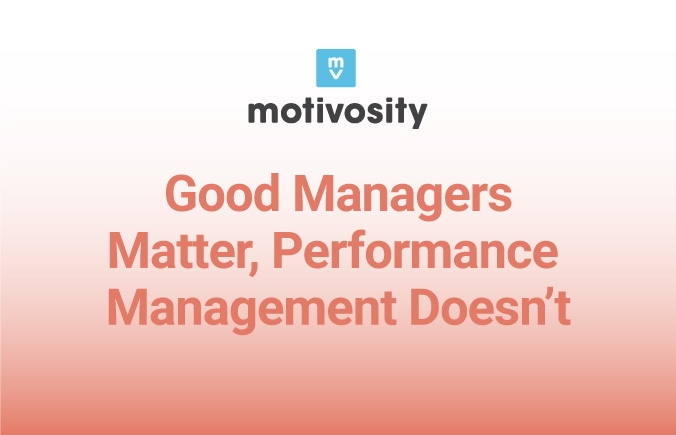Good Managers Matter, Performance Management Doesn’t
Engaged vs. Disengaged Employees
Sibson Consulting uses the following categories to define different types of employees:
The Link Between Employee Engagement, Good Managers, and Business Performance
More engaged employees make for happier customers:
Employee engagement has a direct impact on business performance:
Managers strongly influence the daily experience of employees:
Great Managers are Made, not Born
Take Time to Talk About Expectations, Progress, and Opportunities
Show You Care
Communicate with Employees About More than Work
Be Flexible and Trust Your Employees
Reach Across Remote Lines
Hold Yourself Accountable
Equip Yourself with the Right Tools for Employee Engagement
